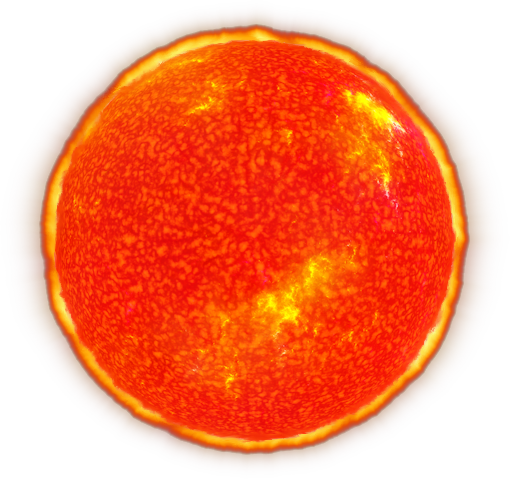
| COLOR SURFACE TEMP COMPOSITION MASS RADIUS LUMOSITY MAGNITUDE ABUNDANCE LIFETIME DEATH EXAMPLES |
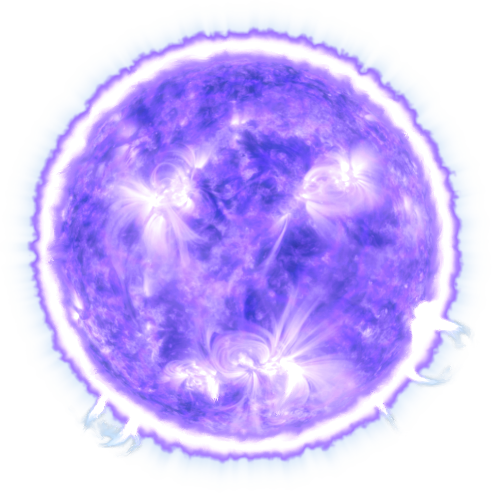
dark blue/violet
28,000° - 50,000° K
ionized atoms, helium
60 sols
15 sols
1,400,000
-3
0.00000003125% of all stars
10 million years
supernova, becomes a black hole or neutron star
Mintaka, Kalidar, Zeta Puppis
28,000° - 50,000° K
ionized atoms, helium
60 sols
15 sols
1,400,000
-3
0.00000003125% of all stars
10 million years
supernova, becomes a black hole or neutron star
Mintaka, Kalidar, Zeta Puppis
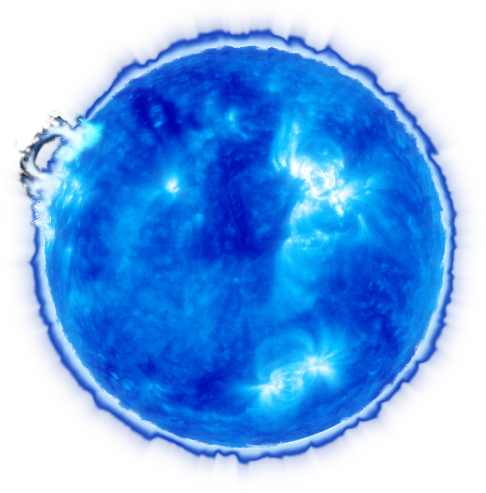
| COLOR SURFACE TEMP COMPOSITION MASS RADIUS LUMOSITY MAGNITUDE ABUNDANCE LIFETIME DEATH EXAMPLES |
blue
10,000° - 28,000° K
neutral helium, some hydrogen
18 sols
7 sols
20,000
-6
0.13% of all stars
100 million years
supernova, becomes a neutron star
Rigel, Alpha Eridani
10,000° - 28,000° K
neutral helium, some hydrogen
18 sols
7 sols
20,000
-6
0.13% of all stars
100 million years
supernova, becomes a neutron star
Rigel, Alpha Eridani
| COLOR SURFACE TEMP COMPOSITION MASS RADIUS LUMOSITY MAGNITUDE ABUNDANCE LIFETIME DEATH EXAMPLES |
light blue
10,000° - 28,000° K
strong hydrogen and ionized metals
3.2 sols
2.5 sols
80
+1
0.6% of all stars
1 billion years
becomes white dwarf
Vega, Sirius
10,000° - 28,000° K
strong hydrogen and ionized metals
3.2 sols
2.5 sols
80
+1
0.6% of all stars
1 billion years
becomes white dwarf
Vega, Sirius
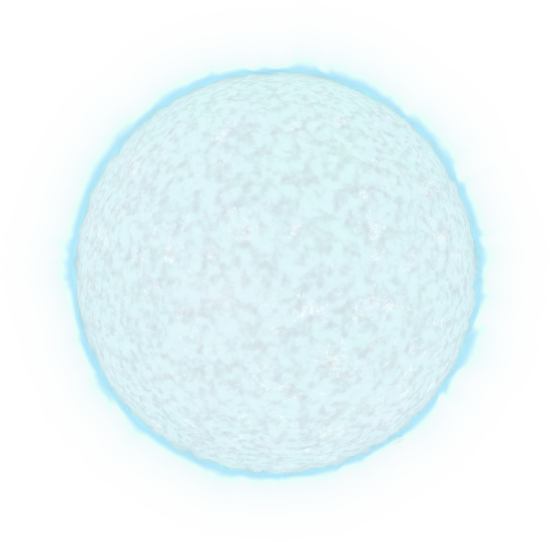
| COLOR SURFACE TEMP COMPOSITION MASS RADIUS LUMOSITY MAGNITUDE ABUNDANCE LIFETIME DEATH EXAMPLES |
white
6,000° - 7,500° K
hydrogen, ionized metals, calcium, iron
1.7 sols
1.3 sols
6.0
+3
3% of all stars
3 billion years
expands to a red giant, becomes planetary
nebula and later, a white dwarf
Canopus, Procyon
6,000° - 7,500° K
hydrogen, ionized metals, calcium, iron
1.7 sols
1.3 sols
6.0
+3
3% of all stars
3 billion years
expands to a red giant, becomes planetary
nebula and later, a white dwarf
Canopus, Procyon
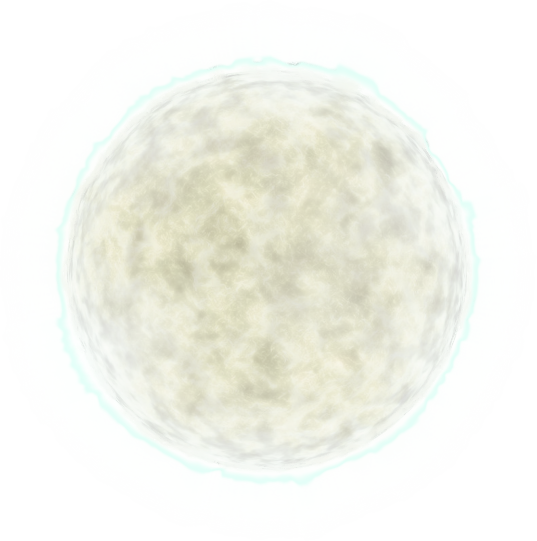
yellow
5,000° - 6,000° K
ionized calcium, neutral and ionized metals
1.1 sols
1.1 sols
1.2
+5
7.6% of all stars
10 billion years
expands to a red giant, becomes planetary nebula and
later, a white dwarf
Sol, Capella, Ka'Tula
5,000° - 6,000° K
ionized calcium, neutral and ionized metals
1.1 sols
1.1 sols
1.2
+5
7.6% of all stars
10 billion years
expands to a red giant, becomes planetary nebula and
later, a white dwarf
Sol, Capella, Ka'Tula
| COLOR SURFACE TEMP COMPOSITION MASS RADIUS LUMOSITY MAGNITUDE ABUNDANCE LIFETIME DEATH EXAMPLES |
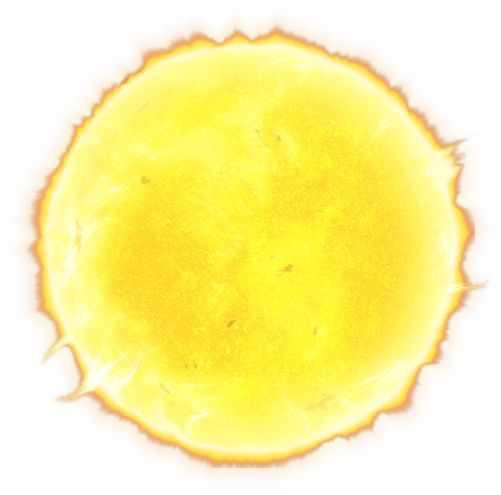
| COLOR SURFACE TEMP COMPOSITION MASS RADIUS LUMOSITY MAGNITUDE ABUNDANCE LIFETIME DEATH EXAMPLES |
orange
3,500° - 5,000° K
neutral metals
0.8 sols
0.7 sols
0.4
+10
12.1% of all stars
50 billion years
expands to a red giant, becomes a white dwarf
Arcturus, Aldebaran, Alpha Centauri
3,500° - 5,000° K
neutral metals
0.8 sols
0.7 sols
0.4
+10
12.1% of all stars
50 billion years
expands to a red giant, becomes a white dwarf
Arcturus, Aldebaran, Alpha Centauri
red
2,500° - 3,500° K
ionized atoms, helium
0.2 sols
0.3 sols
0.04
+15
76.45% of all stars
1 trillion years or more
becomes a white dwarf
Proxima Centauri, Wolf 359
2,500° - 3,500° K
ionized atoms, helium
0.2 sols
0.3 sols
0.04
+15
76.45% of all stars
1 trillion years or more
becomes a white dwarf
Proxima Centauri, Wolf 359
| COLOR SURFACE TEMP COMPOSITION MASS RADIUS LUMOSITY MAGNITUDE ABUNDANCE LIFETIME DEATH EXAMPLES |
| COLOR SURFACE TEMP COMPOSITION MASS RADIUS LUMOSITY MAGNITUDE ABUNDANCE LIFETIME DEATH EXAMPLES |
dark red
1,300° - 2,500° K
metal hydride, neutral metals
0.1 sols
0.2 sols
0.02
+20
(possibly very abundant)
1 trillion years or more
becomes a brown dwarf
1,300° - 2,500° K
metal hydride, neutral metals
0.1 sols
0.2 sols
0.02
+20
(possibly very abundant)
1 trillion years or more
becomes a brown dwarf
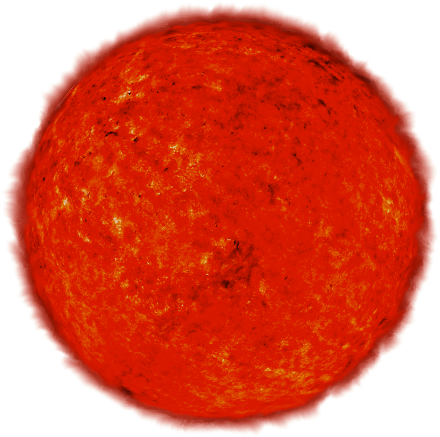
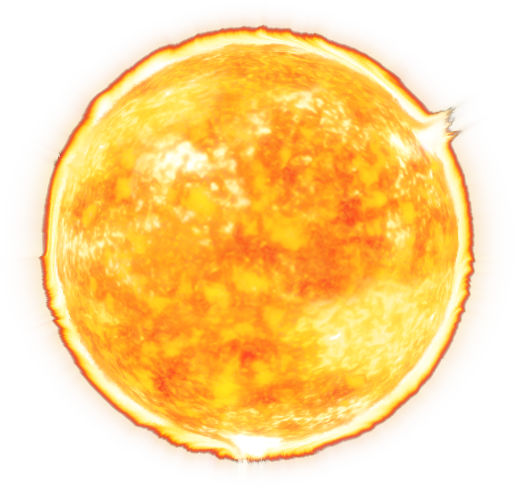
Stars can generally be classified by their color. A purple star is always Class O, a yellow star is always
Class G. However, there can be vast differences within each class. Most Class M stars are tiny and don't
emit much light... however, many K- and G-type stars can evolve into red giants. That makes them Class M,
but they are NOTHING like the tiny stars that make up the vast majority of Class M stars. Since most stars
spend most of their lives on the Main Sequence, the descriptions on this page can be applied to the
majority of stars. The oddballs and outsiders don't necessarily fit the exact parameters here (and will be
discussed elsewhere), but even the oddballs conform to the interstellar color scheme, so even a blue
oddball is class B.
Class G. However, there can be vast differences within each class. Most Class M stars are tiny and don't
emit much light... however, many K- and G-type stars can evolve into red giants. That makes them Class M,
but they are NOTHING like the tiny stars that make up the vast majority of Class M stars. Since most stars
spend most of their lives on the Main Sequence, the descriptions on this page can be applied to the
majority of stars. The oddballs and outsiders don't necessarily fit the exact parameters here (and will be
discussed elsewhere), but even the oddballs conform to the interstellar color scheme, so even a blue
oddball is class B.
brown
less than 1,300° K
methane
0.08 sols
0.08 sols
0.001
+25
(possibly very abundant)
1 trillion years or more
less than 1,300° K
methane
0.08 sols
0.08 sols
0.001
+25
(possibly very abundant)
1 trillion years or more
| COLOR SURFACE TEMP COMPOSITION MASS RADIUS LUMOSITY MAGNITUDE ABUNDANCE LIFETIME DEATH EXAMPLES |
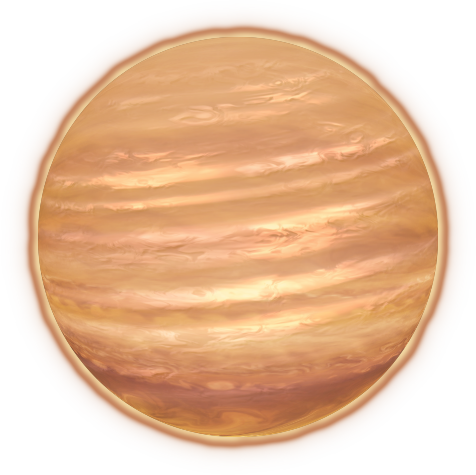
NOTICE: Classes L and T were created
in 2006. You'd think that after 10
years, there'd be a bit more data
about them, but most every source is
woefully vague. I've done the best I
can to put together profiles, but a lot
of this is conjecture on my part. So
like... don't take this stuff as fact.
in 2006. You'd think that after 10
years, there'd be a bit more data
about them, but most every source is
woefully vague. I've done the best I
can to put together profiles, but a lot
of this is conjecture on my part. So
like... don't take this stuff as fact.
